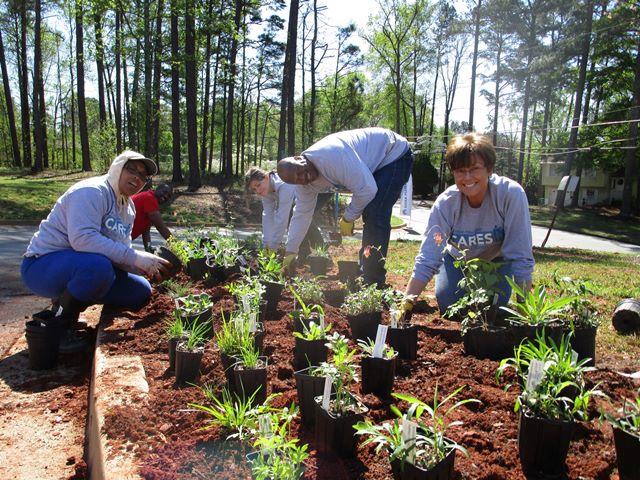
Ten years ago, if you had asked me about the importance of the “built environment” on lifespan, I would have returned a blank stare. I didn’t have any exposure to the kind of blight that, over time, weathers neighborhoods and can take years off your life.
Studies show that a person’s lifespan is influenced more by their ZIP code than their genetic code. This is linked to the impact of several factors, including: lack of access to healthcare, community violence, presence of toxins and predatory businesses, and lack of educational and career opportunities. Any of these determinants in isolation would be stressful, but the combined impact on the body has been likened to a steady trickle of water hitting a sidewalk. A day’s worth of drops hardly hurts anything. A month’s worth of drops might discolor the concrete. But years of drops erodes the pavement. In the body, the steady drip of environmental blight at every turn can cause chronic illness, mental health issues, and disease.
This information begs the question: when the streets are lined with vacant houses, lots are overgrown by kudzu, trash is scattered everywhere, and the corner store is the only place to buy groceries—do parks even make a difference?
They do.
Parks can catalyze improvements in health and strengthen communities. When the Rev. James Orange Park received Park Pride’s Legacy Grant in 2012, it spurred additional city investment that resulted in a new pool, splash pad, and playground. The residents coalesced around a shared vision of safety, family-friendly amenities, and preservation of nature that resulted in both improved health outcomes and a stronger community.
I offer this personal example as a call-to-action: get involved and activate your park—your health, and the health and happiness of your community, depend on it!
Tips to Activate Your Park:
- Organize a volunteer day. Volunteering keeps the environment clean and helps neighbors form relationships. If you’re pulling weeds, spreading mulch, or picking up trash, you’re getting a workout, too!
- Walk with a doc. Get your steps in by walking your park with a doctor. Forming a walking group strengthens the bonds between members and improves neighborhood safety with increased eyes on the park. You can also organize other community events that promote health, such as festivals, pick-up sports games, and more!
- Plant a garden. Community gardens provide nutritious vegetables and fruits to communities (especially significant to those in food deserts). They also connect neighbors over a shared interest and reduce social isolation.
- Form a Friends of the Park group with Park Pride and work towards installing park amenities through the Grant Programs that encourage healthy behaviors, such as fitness stations, basketball courts, or a walking track.
